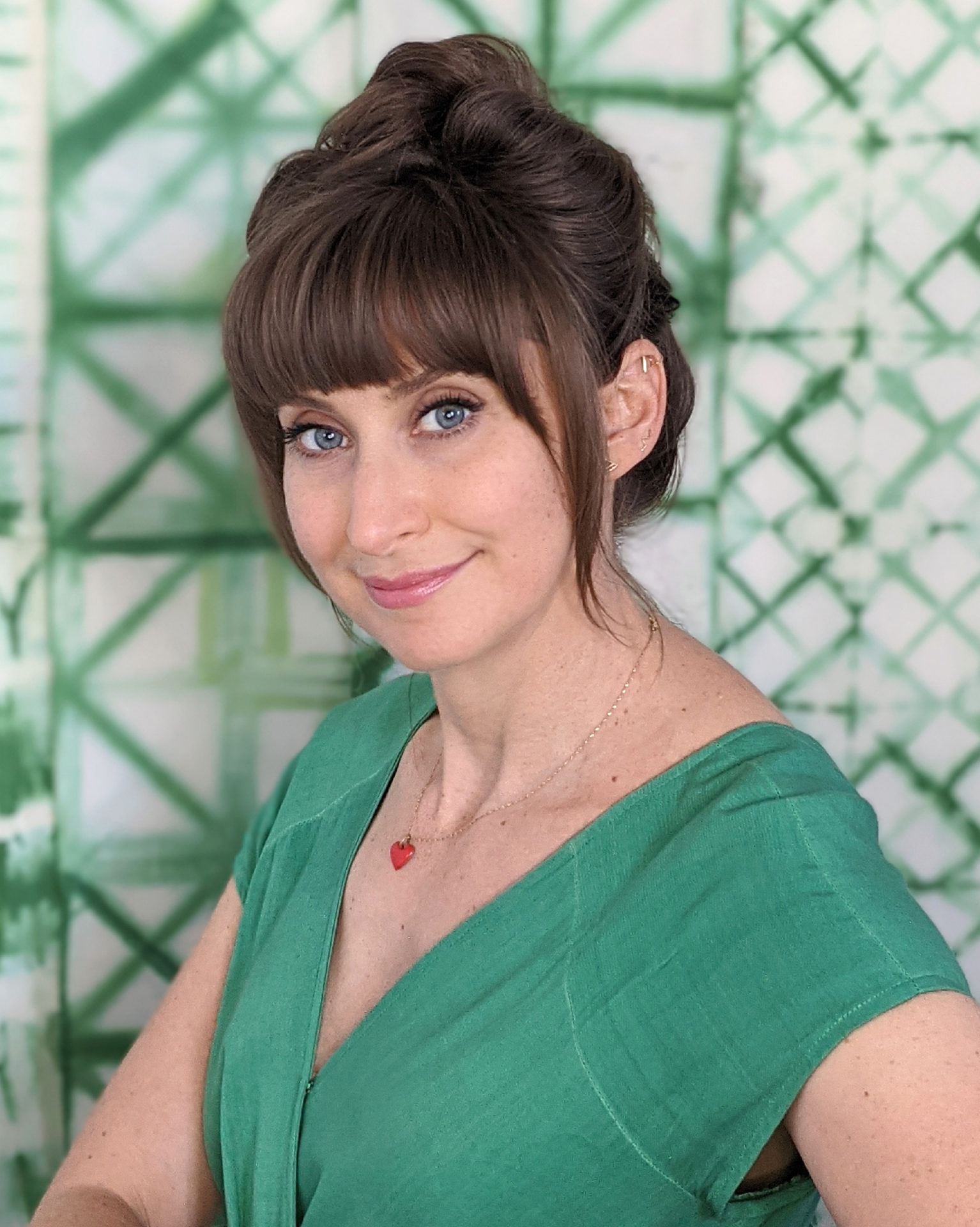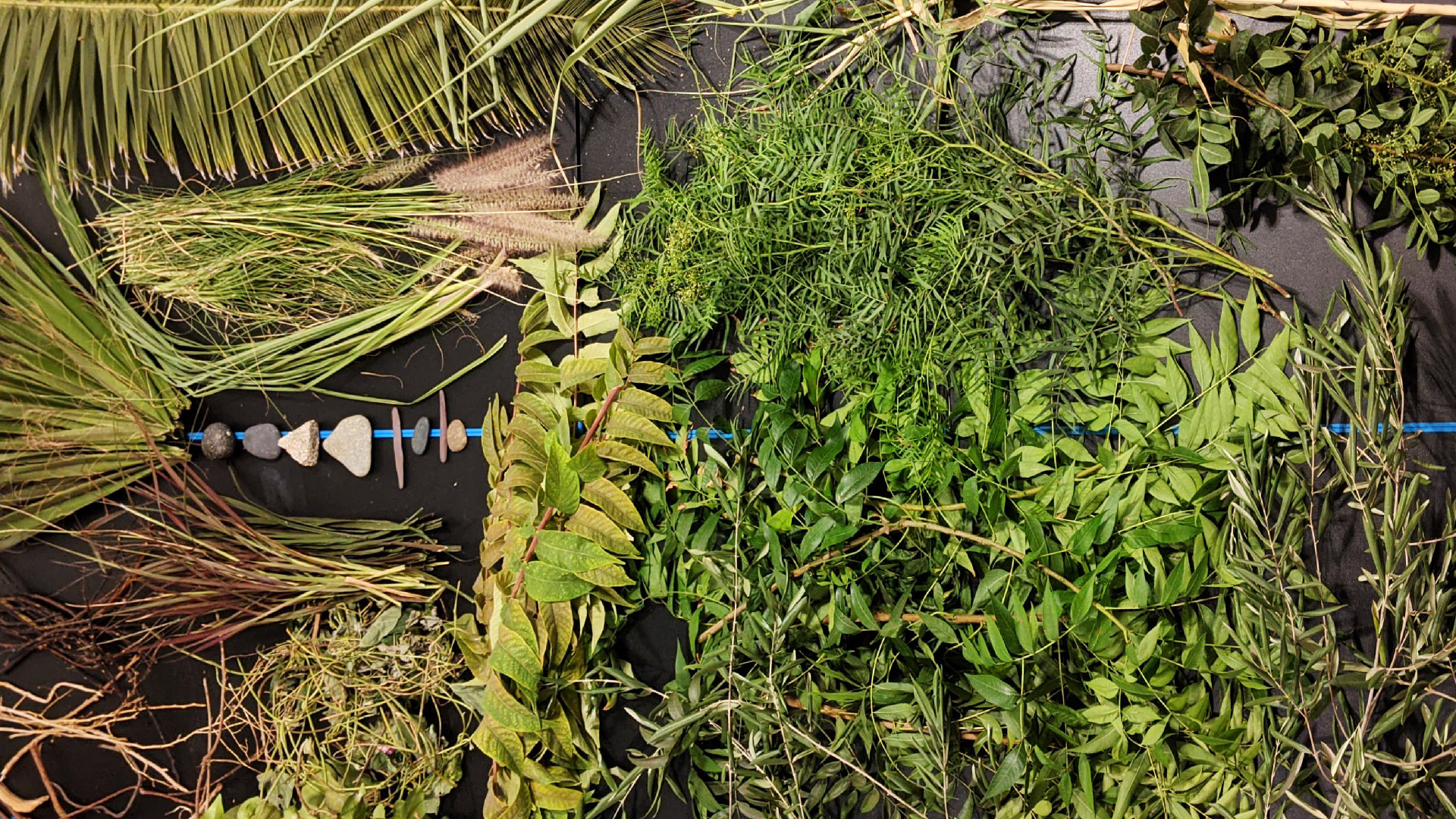Back by popular demand: Cultural Landscapes II is a continuation of the hands-on/online hybrid workshop Fulcrum Arts presented in the Fall, led by artist and educator Jenny Yurshansky.
These sessions will be an opportunity to focus on the histories of the plants present in California, considering them as sites that mirror migration history and migrant stories. Each workshop in this three-part series offers a learning experience that incorporates sensory projects, moving away from reliance on our screens and into connection with Southern California’s landscape by way of its botany. Activities and presentations also address the historical context of the landscape using Yurshansky’s research, which deals with these themes. The workshops will combine presentations, active discussions, hands-on projects, and skill-sharing, including cooking, crafting, and writing.
Session 1: Discovering, Sensing, and Crafting with Blacklisted Plants
Sunday April 11, Noon – 2pm PST
Many of us are aware of—and in awe of—the beauty and diversity found in nature on hikes, but how many of us consider that the plants and flowers we see in our yards or by the side of the road are also a part of an ecosystem? Not only that, but they are a living record of human history in the place where they can be found. This workshop activity is meant to provide some background of the origins of these plants as it relates to our shared environment in Southern California, and that their appearance here is a result of human settlement. Together we will be learning about the histories of these plants and a variety of indigenous and traditional techniques for working with them to create small objects that can be thought of as totems, honoring these histories.
Session 2: Foraging, Storing, and Cooking Wild Food
Sunday April 18, Noon – 2pm PST
How can we re-think the underutilized food resources that exist in our landscape, like the “weedy” plants in vacant lots or the wild-urban interface, especially in terms of environmental and food justice? What are “good survivors” and how do those plants impart those beneficial characteristics onto us? This session takes shape in a cooking webinar and a discussion of identifications, histories, and uses of blacklisted plants. You’ll receive a copy of your own Foraging and Recipe Guide, cook alongside your cohort, and compare your final culinary adventures.
Session 3: Writing Your Relationship to Landscape
Sunday April 25, Noon – 2pm PST
Plants offer us another lens through which to view immigration, belonging, and otherness, as these are weaved into botanical landscapes that reflect people and history. In this session, you’ll write your own plant-centered narrative, drawing inspiration from the landscape around you, considering nature as a witness to the stories that came before and will live long after you. You will receive a unique writing guide developed by Yurshansky to work through individually and as a group, which will help you to tune into your botanical familiar and channel your intertwined narratives.
Workshop Information
Collective class sessions will be held synchronously on Zoom. Each session will have a hands-on prep assignment to complete individually in advance for that week’s project.
A limited number of scholarships will be made available for individuals who cannot afford the full price. BIPOC and individuals from under-served communities are encouraged to apply and will be given preference. Please contact for further information.
Accessibility accommodations can be requested in advance—please contact .
$20 per session // $50 for the full workshop

About the Instructor
Jenny Yurshansky is an artist whose practice is deeply informed by being a refugee. Using material and critical parameters defined by a conceptual and research-based approach, she explores the trauma of displacement by interrogating notions of belonging and otherness through site, historical traces and social constructions, often formally manifested as absence, loss or erasure. Her work includes writing and working with a variety of materials such as cast, slumped, and found glass, charred steel, MDF manipulated to simulate antique display cases, embroidered textiles, hand-cut paper silhouettes of plants, laser etched granite and photographic installations.
